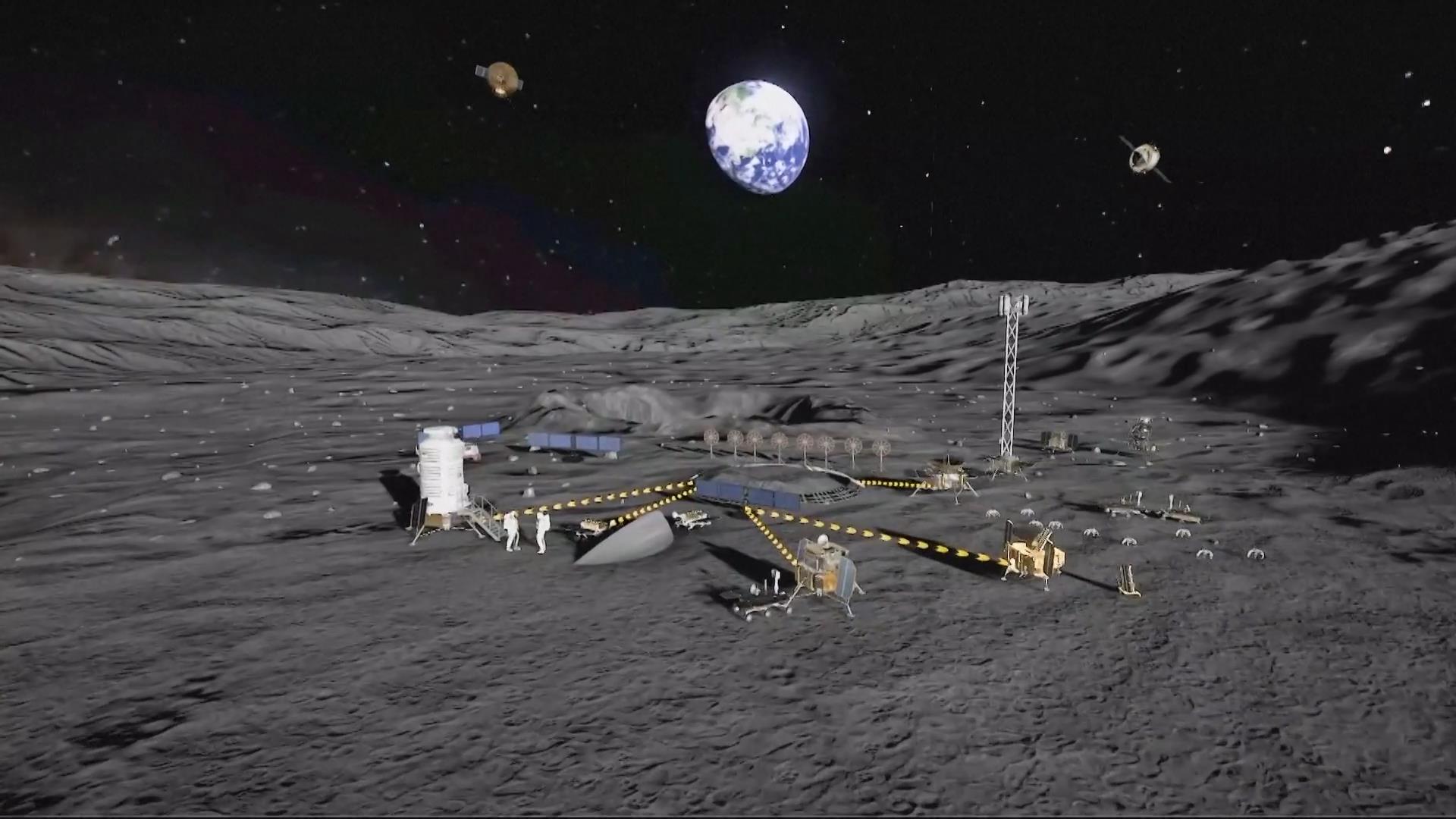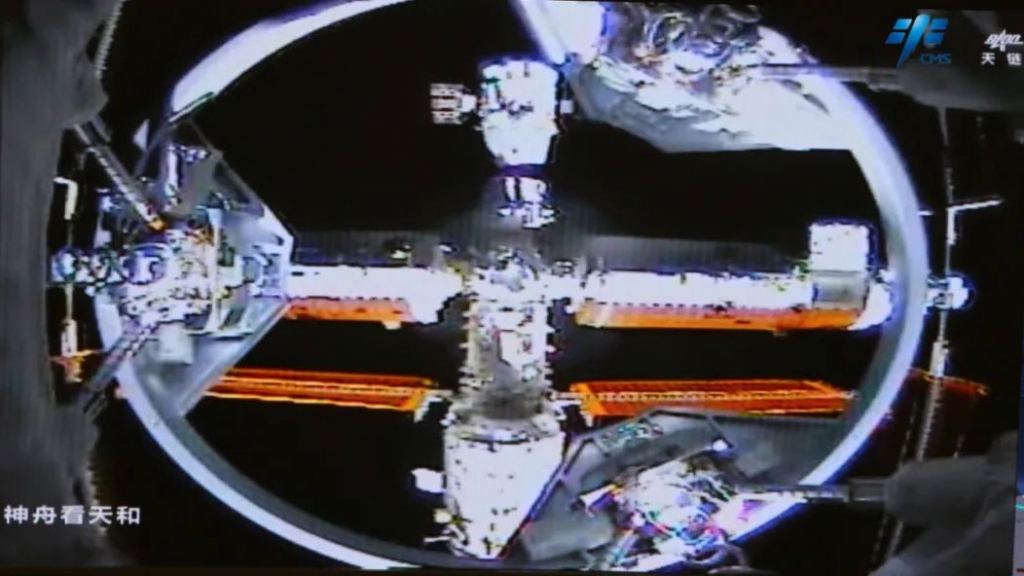As NASA prepares to return astronauts to the Moon with Artemis III, China is ramping up its efforts for a crewed lunar landing, targeting earlier than 2030. Lin Xiqiang, the deputy director of China's Manned Space Agency announced that the Chinese Lunar Exploration Program (CLEP) is preparing for a "short stay on the lunar surface and human-robotic joint exploration."
Lin Xiqiang made the announcement at a science conference, adding that there will be several robotic missions to the Moon planned before then, with more sample returns and tests of technology to enable a sustained human presence on the Moon.
Artemis III is currently scheduled for launch in December 2025, and would be the second crewed Artemis mission and the first crewed lunar landing since Apollo 17 in December 1972.
"We have a complete near-Earth human space station and human round-trip transportation system," complemented by a process for selecting, training and supporting new astronauts, Lin Xiqiang said, according to CGTN, a state-run foreign-language news channel based in Beijing, China.
This echoes a statement earlier this year by Weiren Wu, the Chief Designer of CLEP who said there would be Chinese footprints on the lunar surface by 2030.
In addition, early today China launched a new three-person crew to its orbiting space station on Tuesday, including China's first civilian astronaut. The Shenzhou 16 spacecraft lifted off from the Jiuquan launch center on a Long March 2-F rocket just after 9:30 a.m. (0130 GMT) Tuesday, and the crew has now docked to the Tiangong space station.
The Shenzhou-16 crew will replace the three-member crew of the Shenzhou-15, who arrived at the space station late in November. The two crews will briefly both be on board the Tiangong station, and the Shenzhou-15 crew will return to Earth after completing their six-month mission. Civilian and payload expert Gui Haichao is a professor at Beijing's top aerospace research institute, and will conduct experiments. He joins mission commander Maj. Gen. Jing Haipeng, who is making his fourth flight to space, and spacecraft engineer Zhu Yangzhu.
The crew will stay aboard the station for around five months, during which they will conduct scientific experiments and regular maintenance.
The station has three modules and was completed at the end of last year after 11 crewed and uncrewed missions since April 2021.
The skills garnered from operating the space station, Lin Xiqiang said, will help in mastering key technologies such as Earth-Moon crewed round-trip missions, short-term stays on the lunar surface, and human-robot joint exploration. This includes multiple tasks of landing, roving, sampling, researching and returning, and forming an independent capability of Chinese lunar exploration.
 Universe Today
Universe Today

